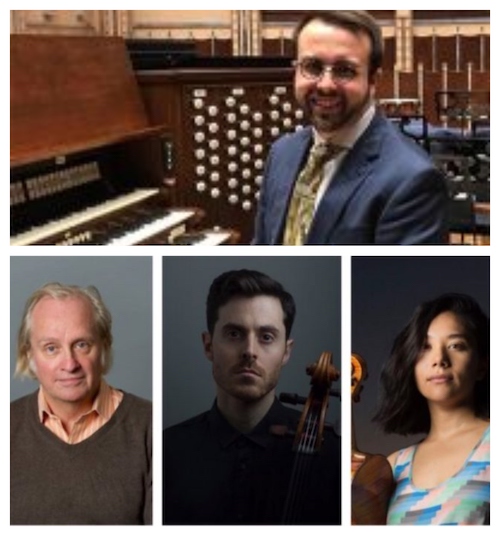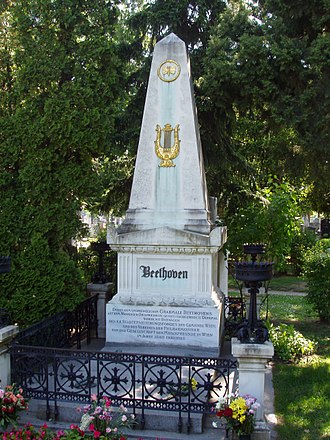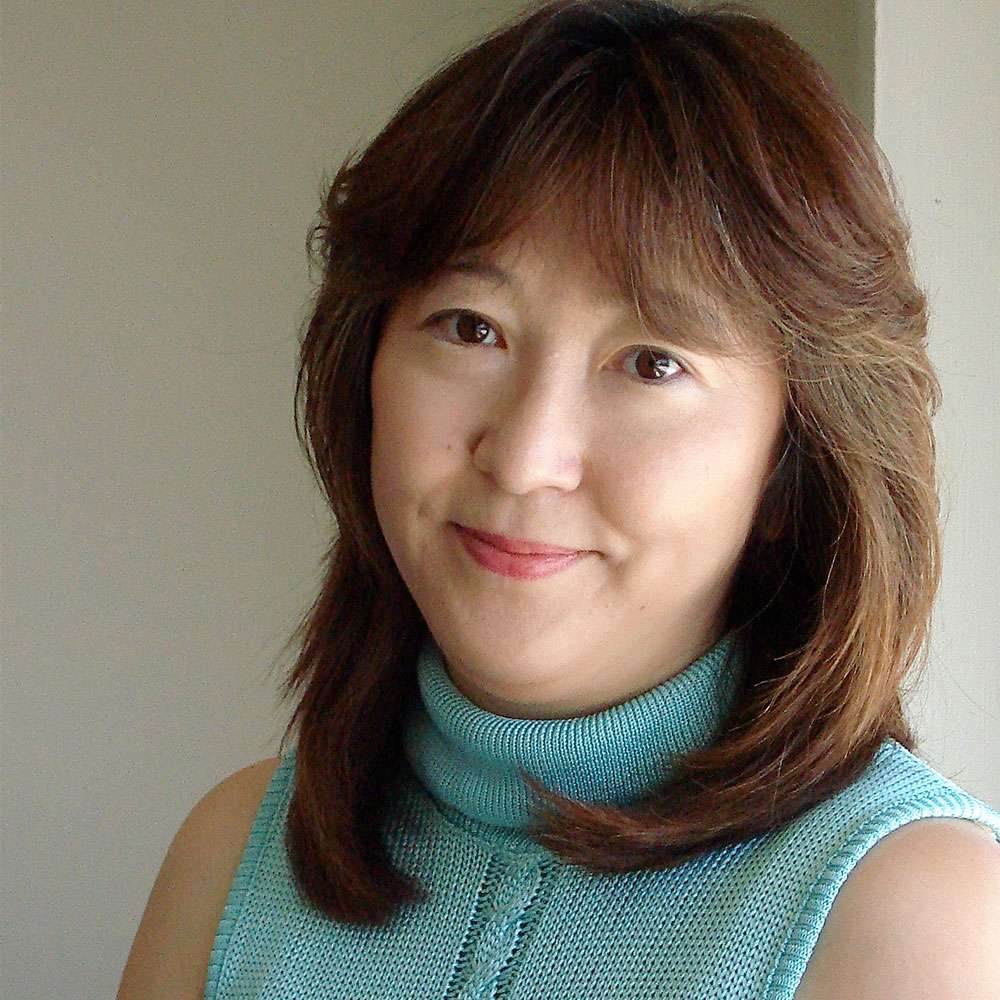by Jarrett Hoffman
 IN THIS EDITION:
IN THIS EDITION:
•Organ and piano trio music this afternoon and evening on World Piano Day
•Articles about two new works inspired by Emmett Till and George Floyd
•Almanac: Beethoven’s first public concert appearance, and his funeral — plus his other two burials
HAPPENING TODAY:
It’s the 88th day of the year, and you know what that means. Yes, it is World Piano Day, celebrating that wonderful instrument which in its modern version is the proud owner of 88 keys.
Indeed, keyboards are a throughline in today’s schedule of events in Northeast Ohio.
At 12 pm, organist Don Verkuilen visits the free Tuesday Noon series at Church of the Covenant to play music by Myron Roberts, Jean Langlais, George Baker, Louis Vierne, and Maurice Duruflé. Watch in person or online.
And at 7:30 pm, the Longleash Piano Trio heads to LCCC’s Cirigliano Theatre for a concert as part of the college’s free Signature Series. The program from violinist Pala Garcia, cellist John Popham, and pianist Nils Vigeland includes works by Vigeland himself, as well as Morton Feldman, Pauline Oliveros, and Olly Wilson.
Details in our Concert Listings.
INTERESTING READS:
George Floyd and Emmett Till served as inspiration behind two works that were premiered in the past week.
In The Washington Post, Michael Andor Brodeur reviews the first performance of A Knee on the Neck, a suite for orchestra and chorus written in memory of Floyd, with music by Adolphus Hailstork and a libretto by Herbert Martin.
And an article from NPR offers several perspectives on Emmett Till, A New American Opera, exploring the controversy around it. Quincy Walters hears from the work’s composer Mary D. Watkins and its librettist Clare Coss, as well as from bassoonist and Black Opera Alliance member Garrett McQueen.
TODAY’S ALMANAC:

Both events took place in Vienna. The concert was at the Burgtheater in 1795 and featured his Piano Concerto No. 2 in B-flat — actually written before his Concerto No. 1 in C.
But the ordering of pieces can be such a strange topic. Instead, let’s talk about the ordering of Beethoven’s burials.
His funeral was held in 1827 at a cemetery in the district of Währinger, with many thousands of people in attendance, and such composers as Schubert, Carl Czerny, and Johann Hummel participating in the ceremony. Naturally, that was his first time being buried. And oh, how we all remember our first.
In 1863, he was moved from an oaken coffin to a metal one, all the better to preserve him in. That exhumation and reburial were paid for by the Musikverein, as was the study of his body. Head to the website of the Beethoven-Haus in Bonn for a series of photographs and drawings of his skull, as examined on that occasion. Multiple angles included!
And in 1888, after that cemetery had been shut down, later to be turned into a park — pray for any child that has ever run around screaming on those grounds — the remains were transferred to the Vienna Central Cemetery, where they, well, remain. (Above: his grave in that cemetery.)

Opus 18, No. 3 is probably the most gentle and lyrical work in the set. I feel the pure spirit and ardent hope of young Beethoven in it. The first movement of At the grave of Beethoven was inspired by the first four bars of Opus 18, No. 3. These four bars were developed and interpreted in a contemporary manner, reflecting the tension and anxiety of our life today.
The second movement is made by chains of modulations. When I was writing this movement in the spring of 1999, the news from Kosovo was reported on TV every day. I was shocked and horrified by this civil war, and it influenced my writing unconsciously. Along with each modulation, I had images that lotus flowers grow and bloom, in the hope of serenity and peace.
Follow the links above to listen to a recording of the piece by the Brodsky.


